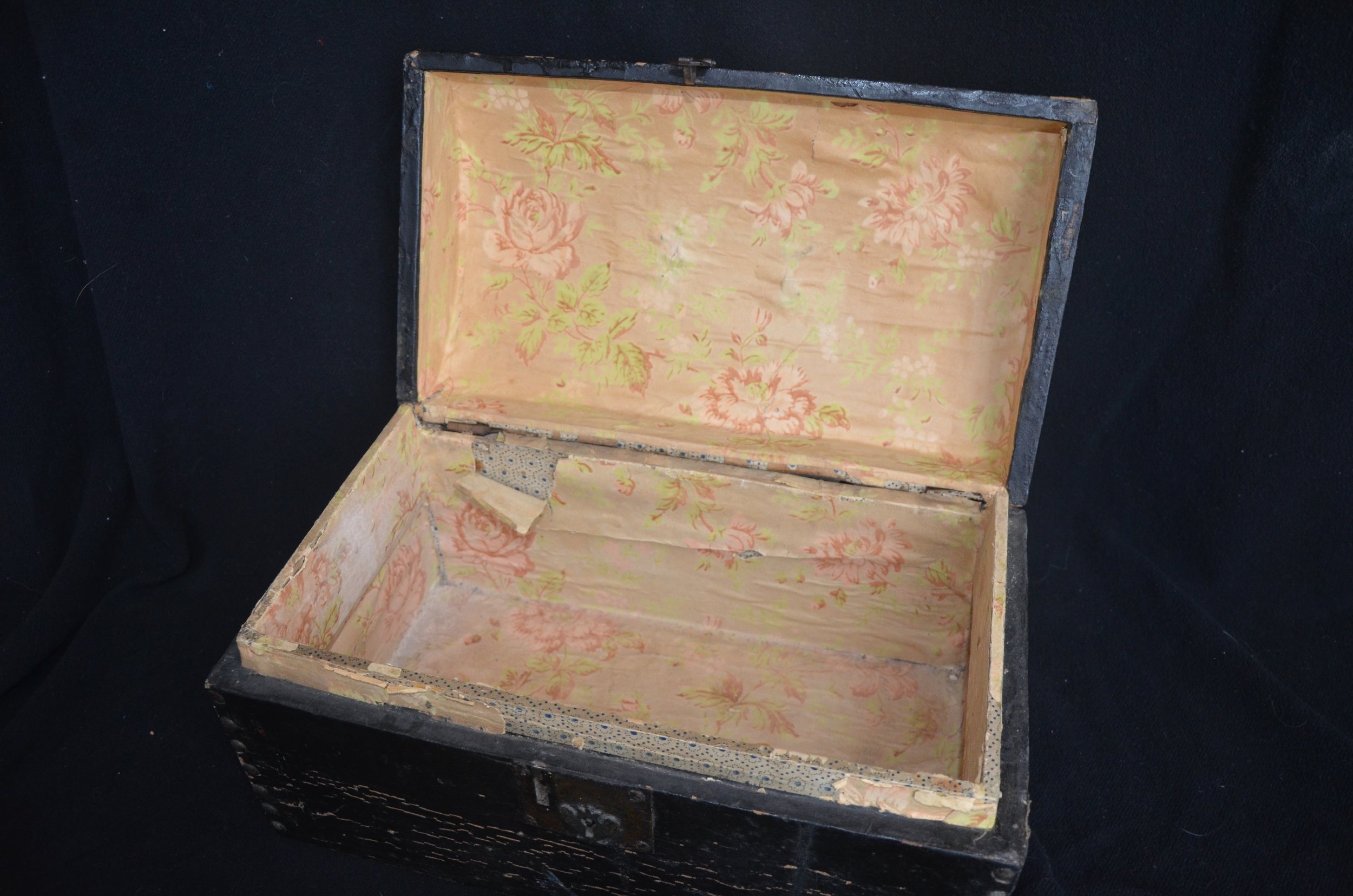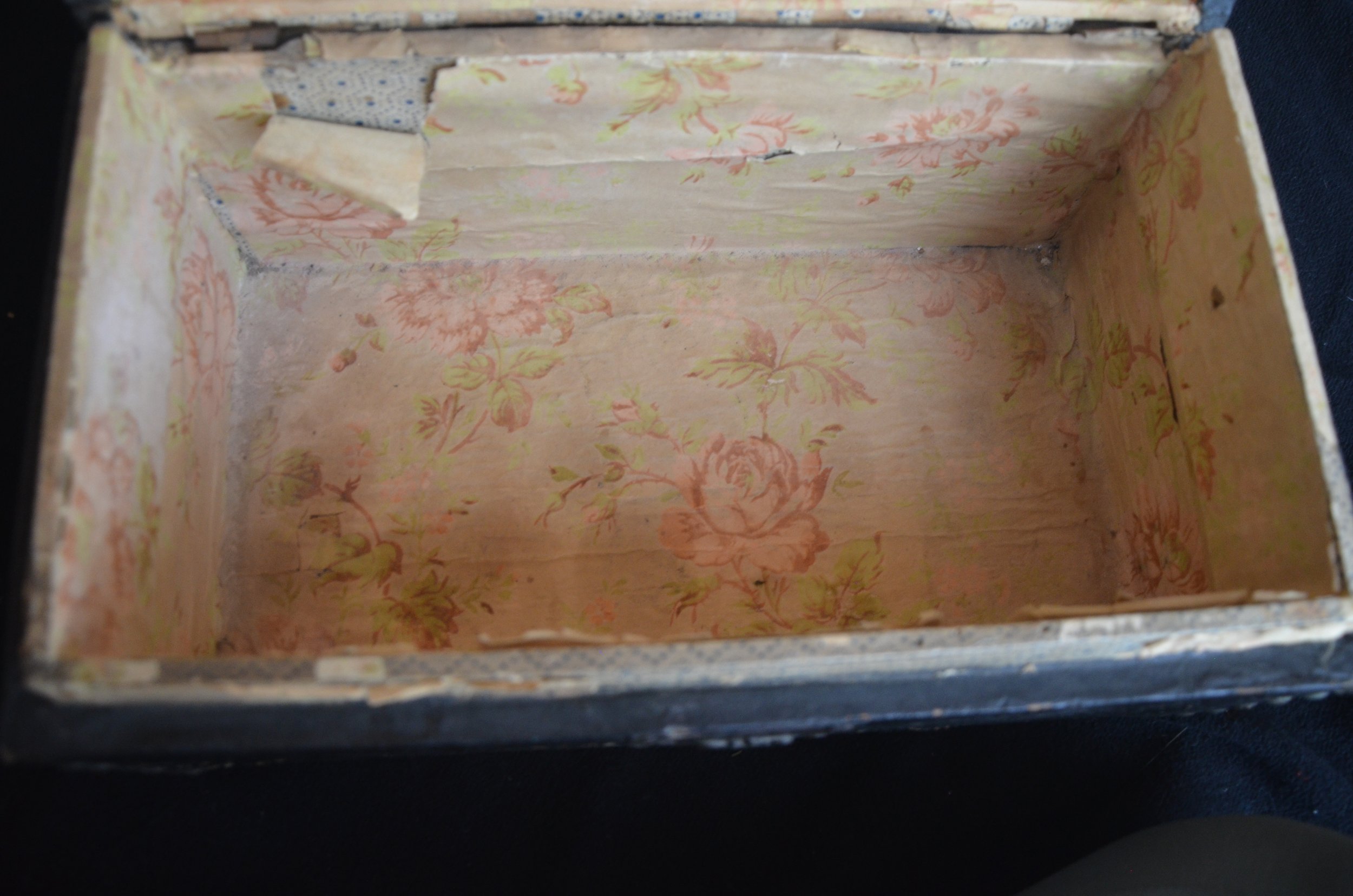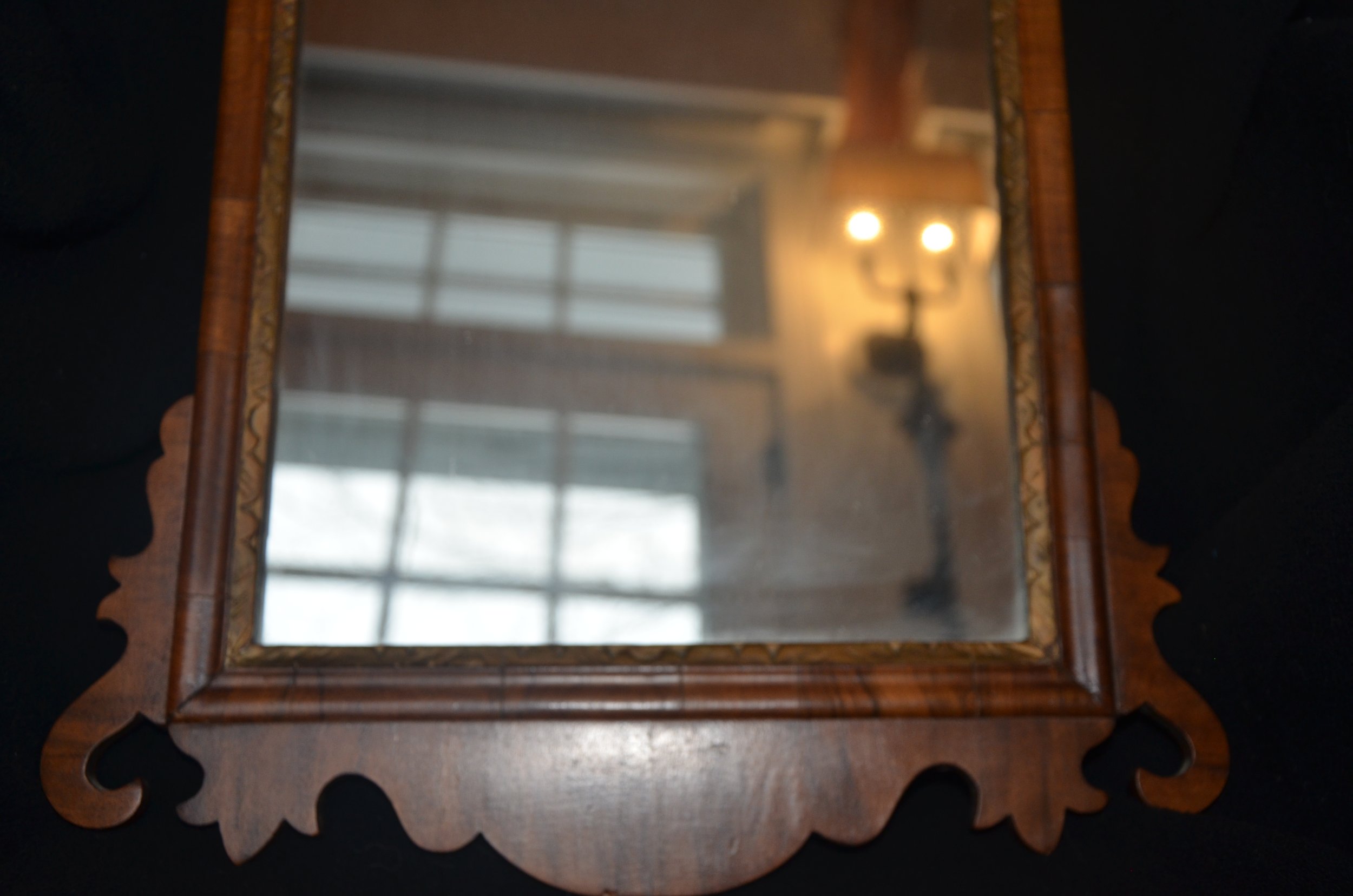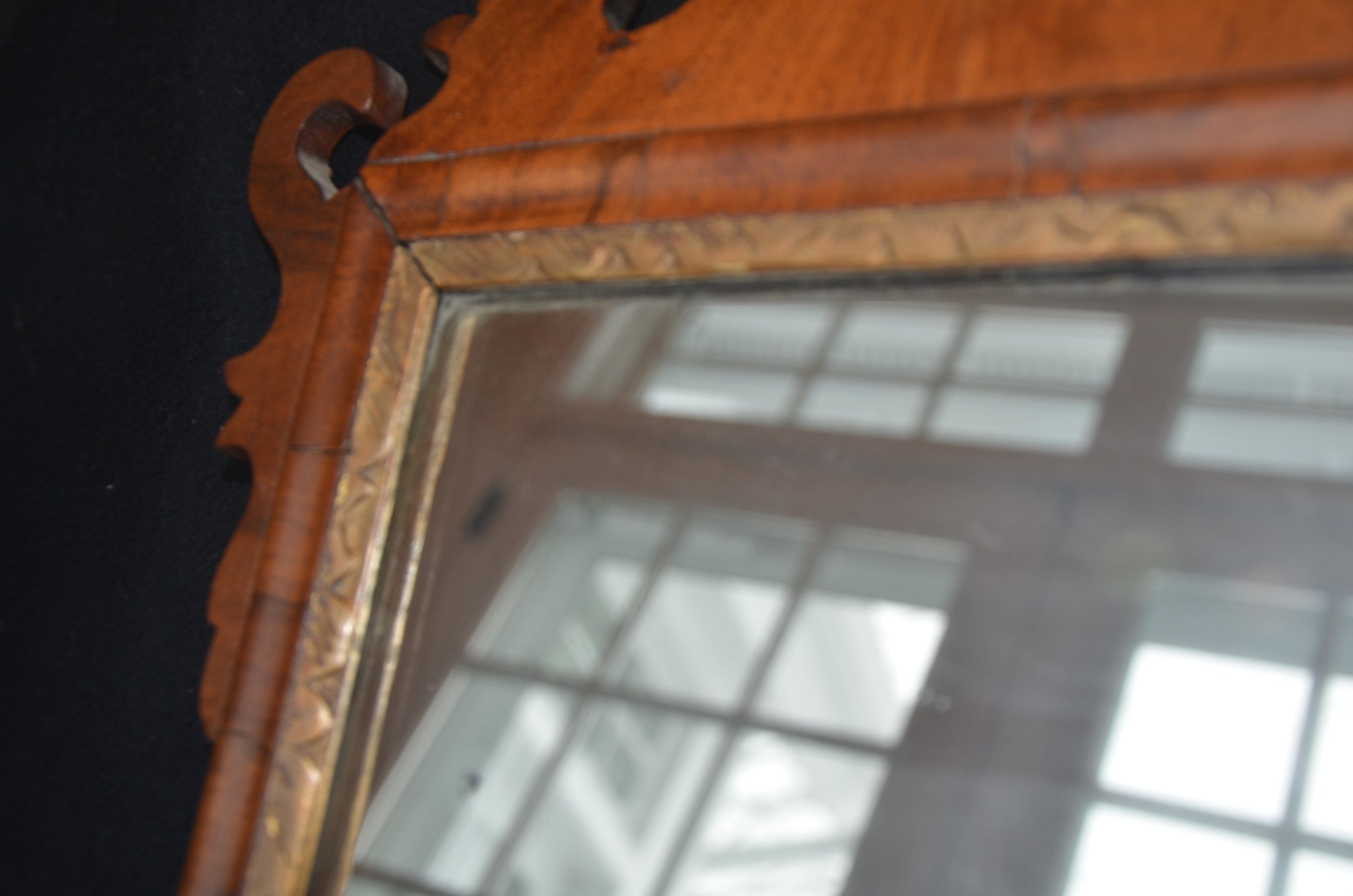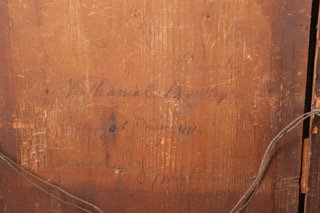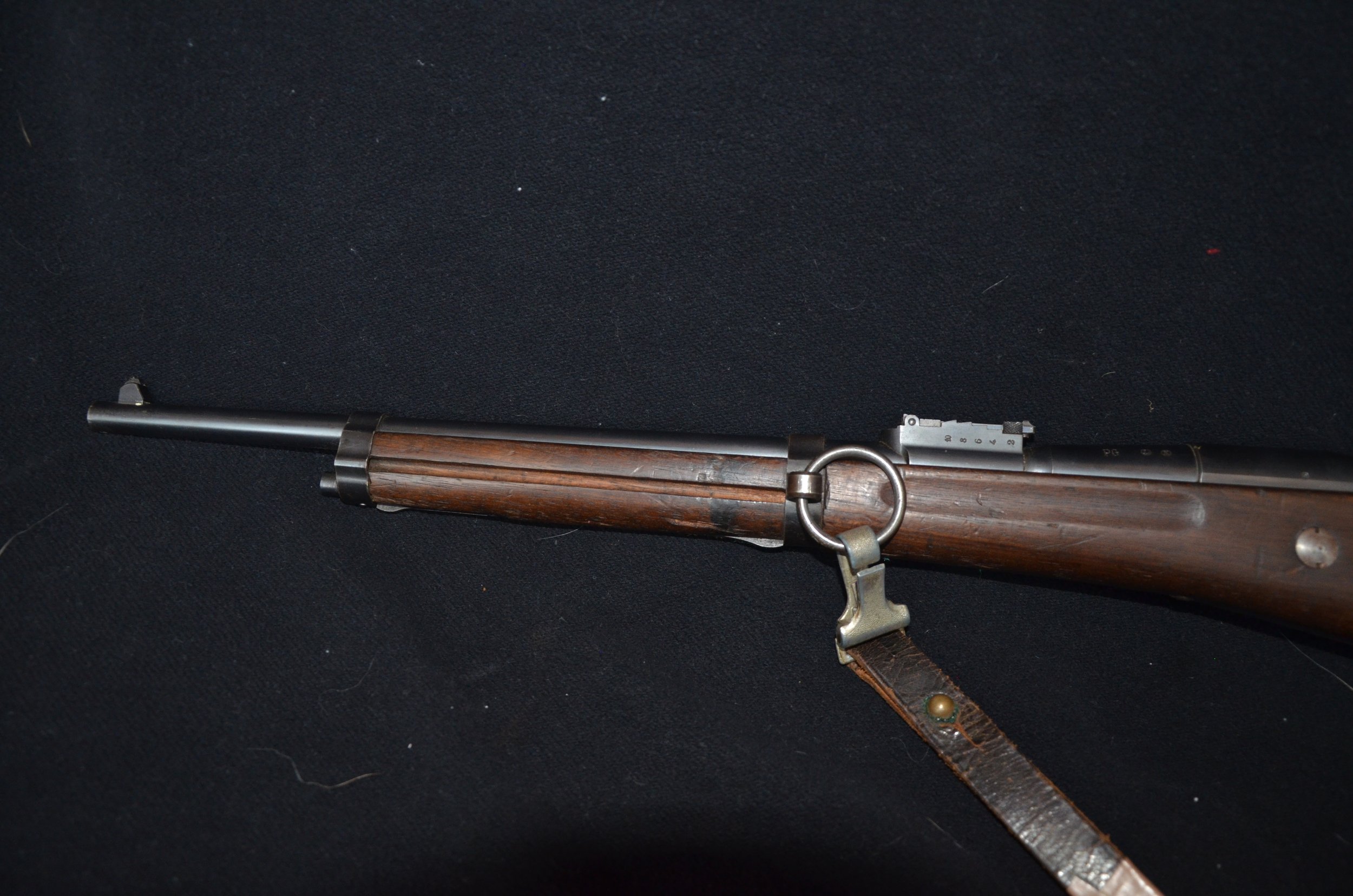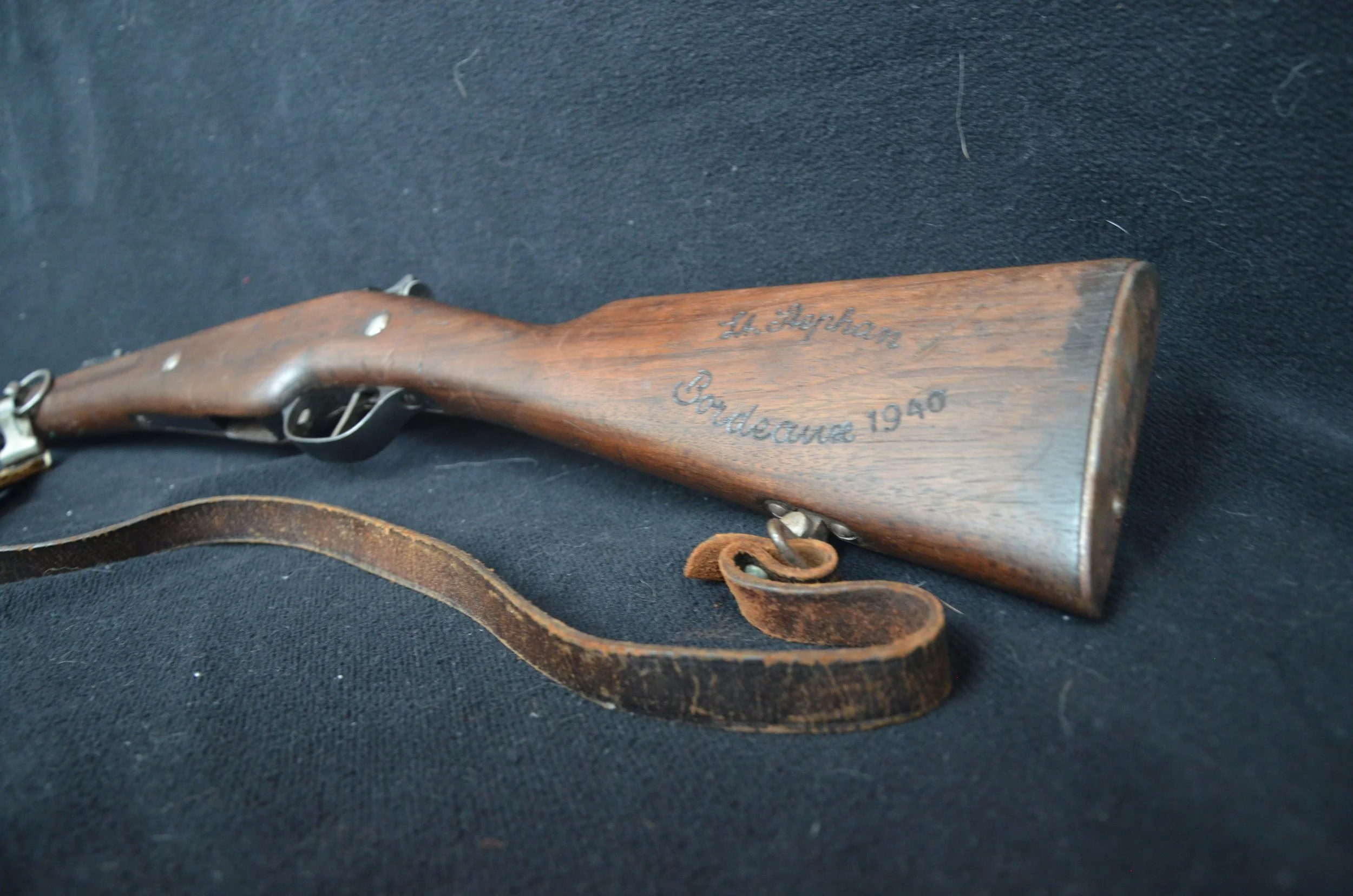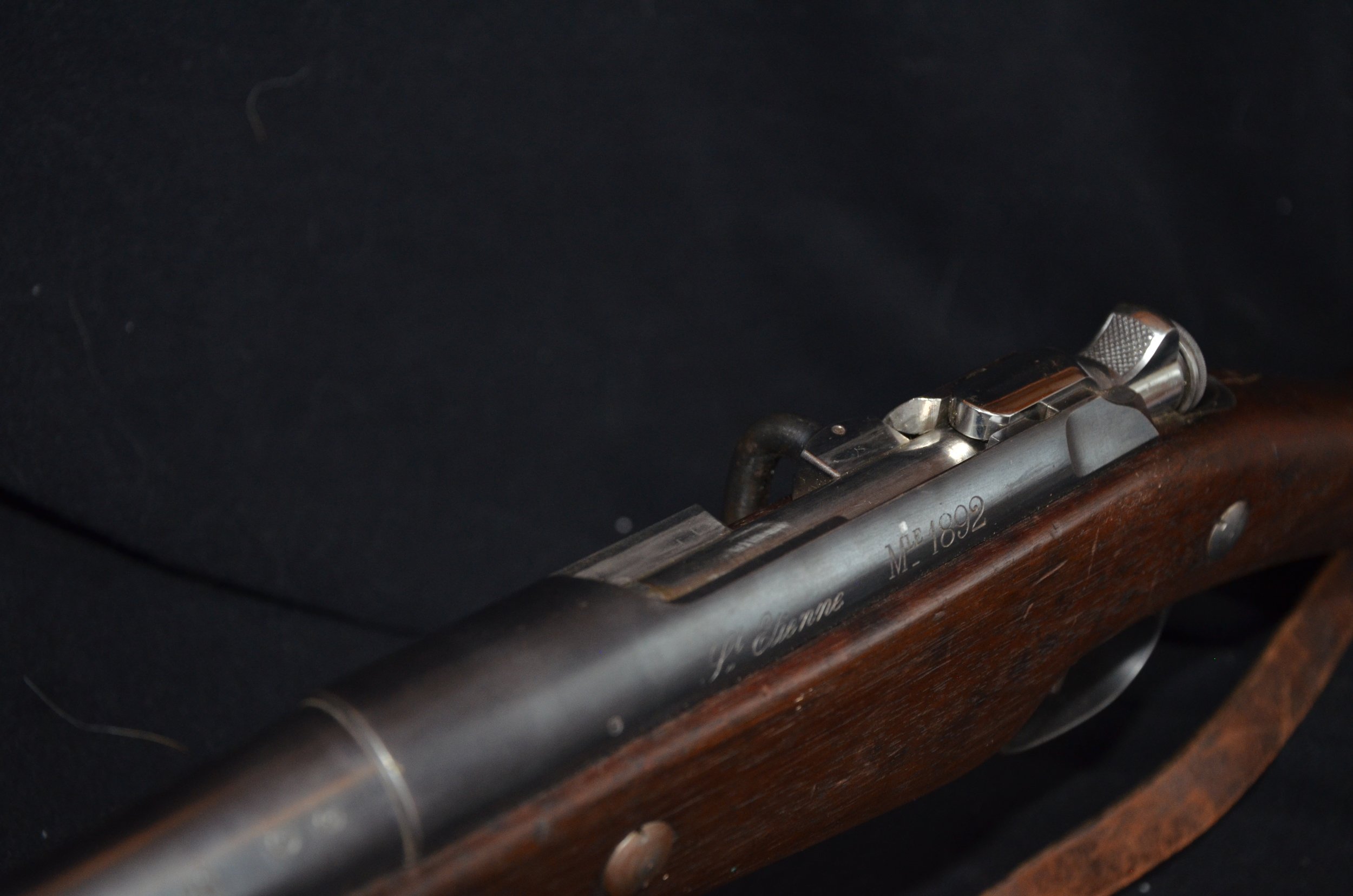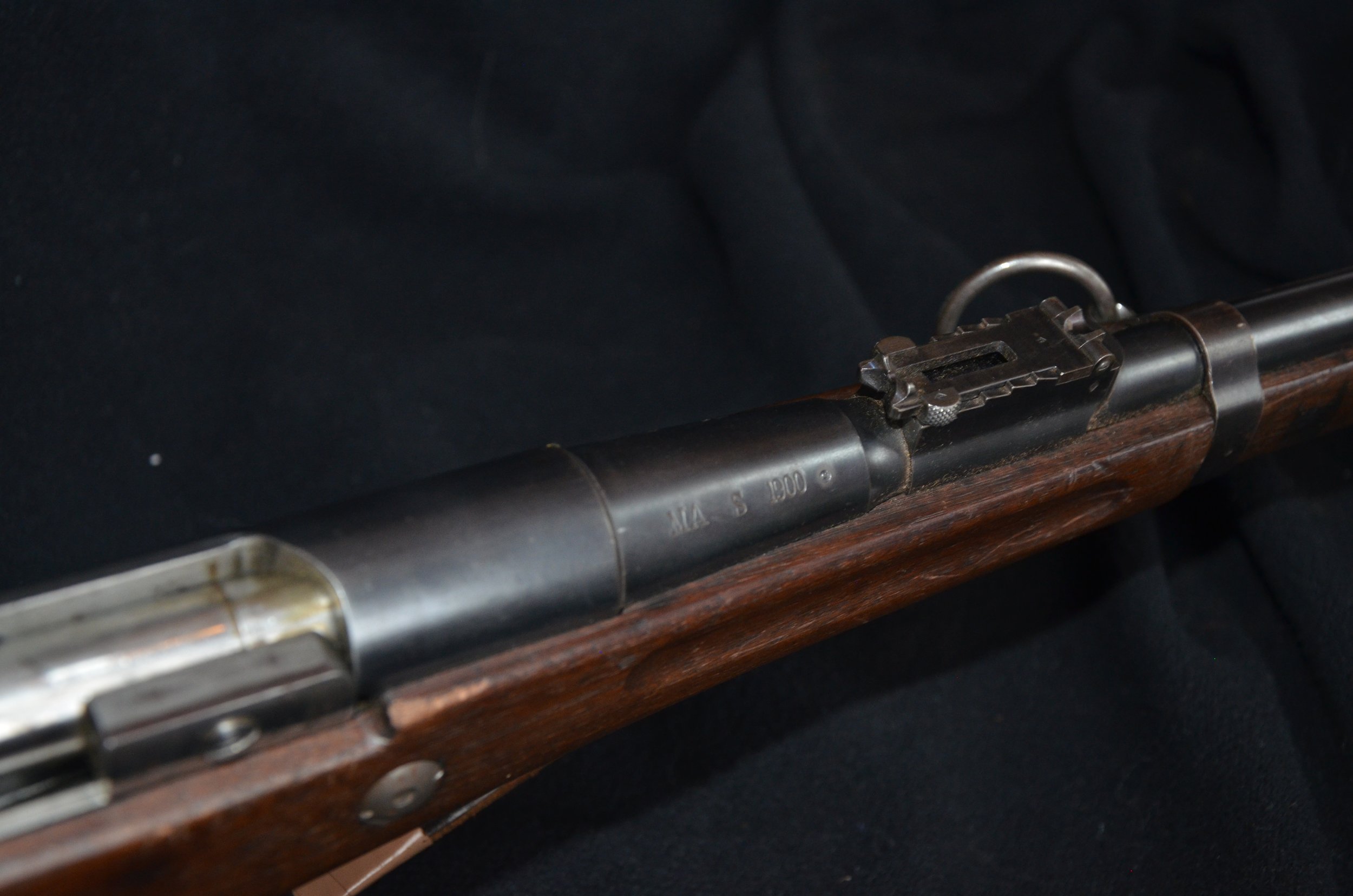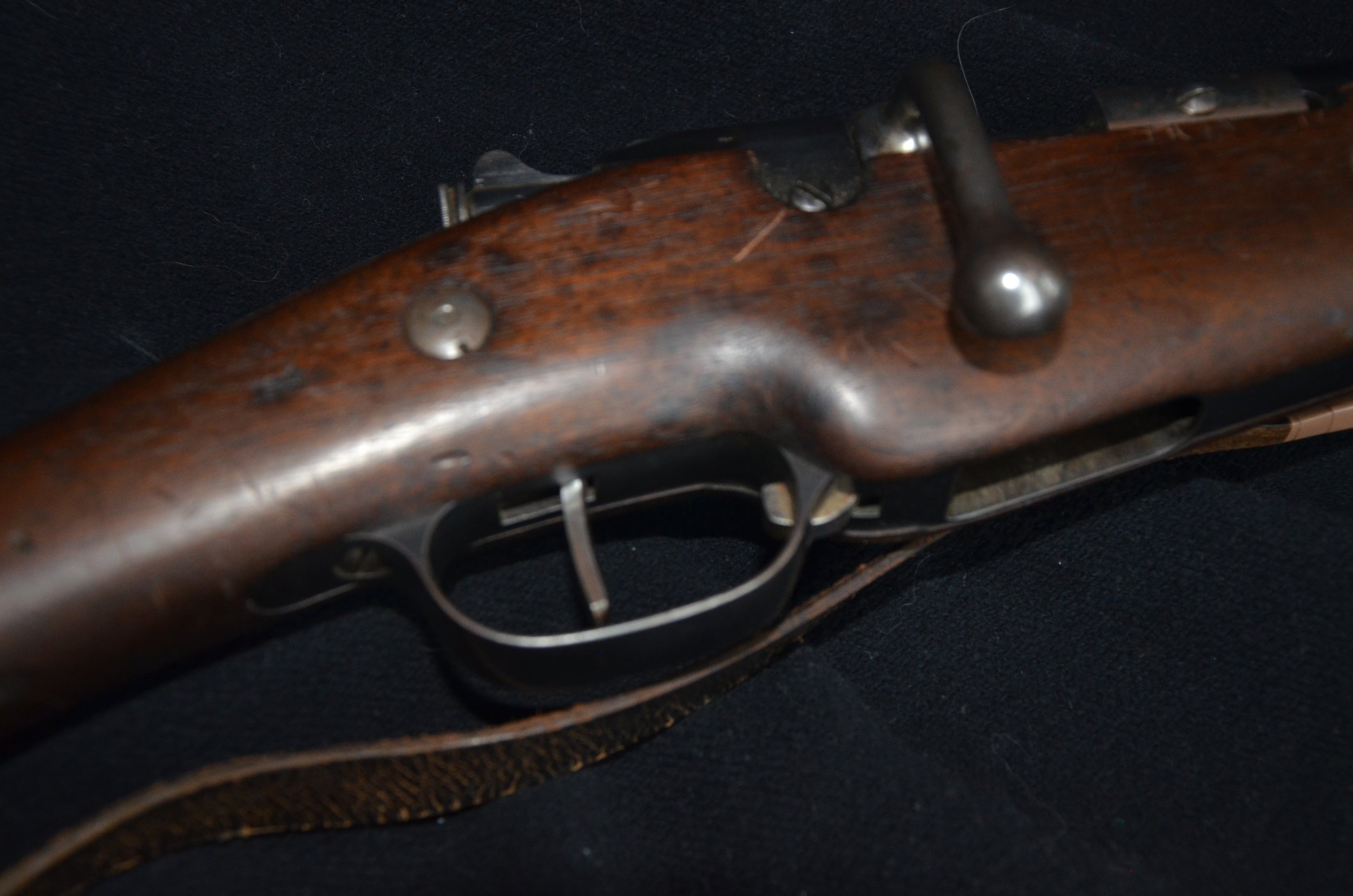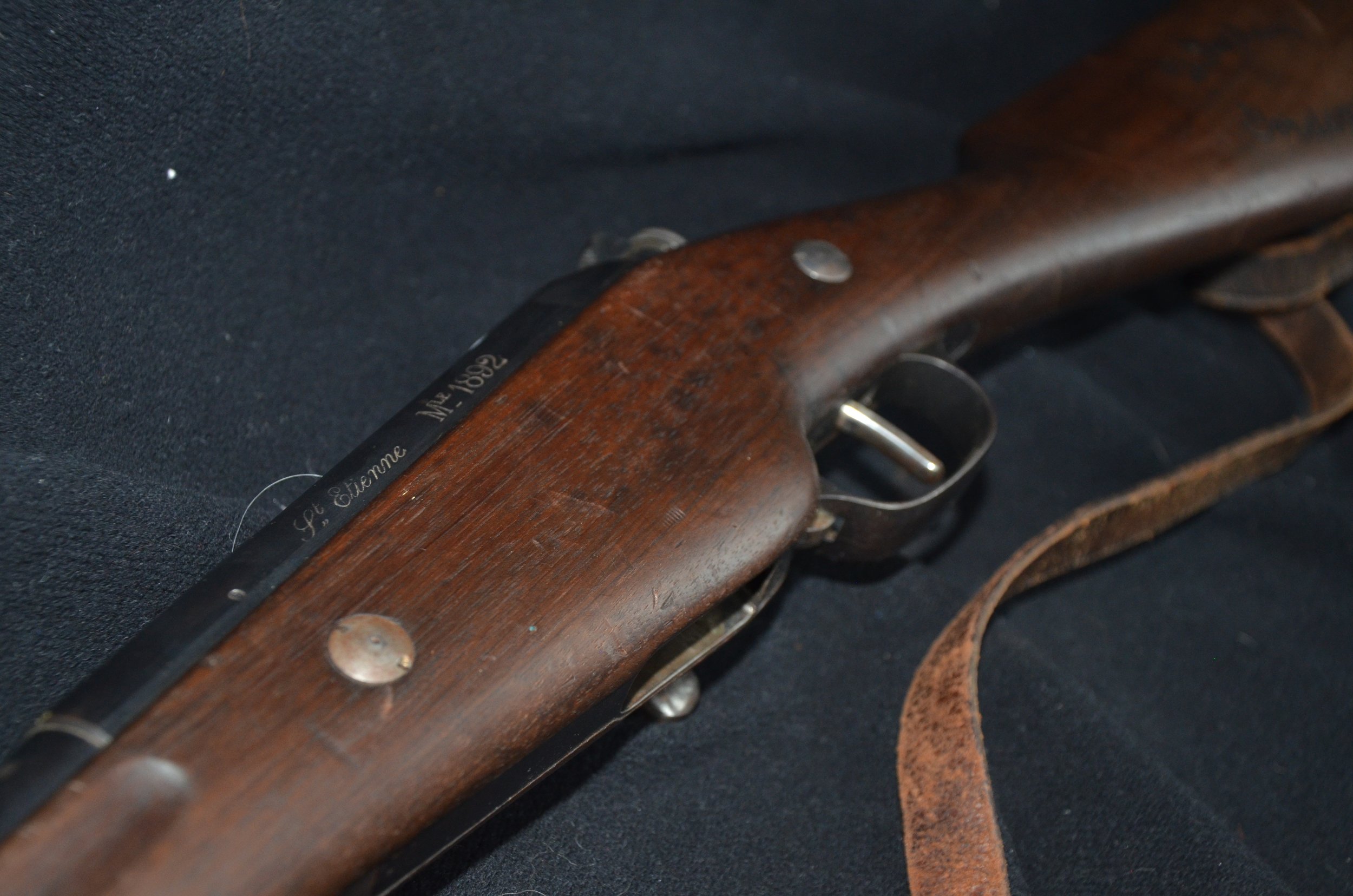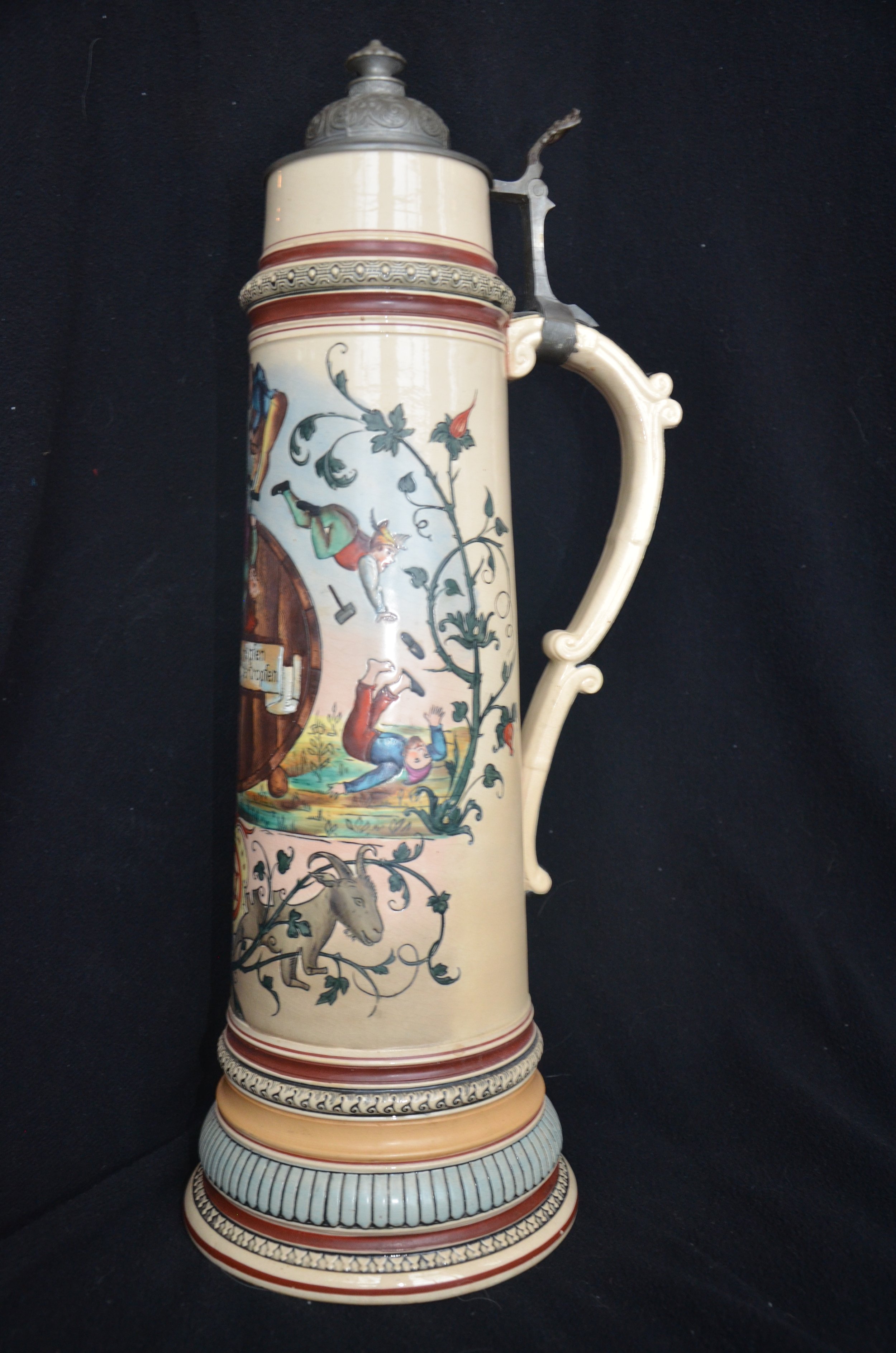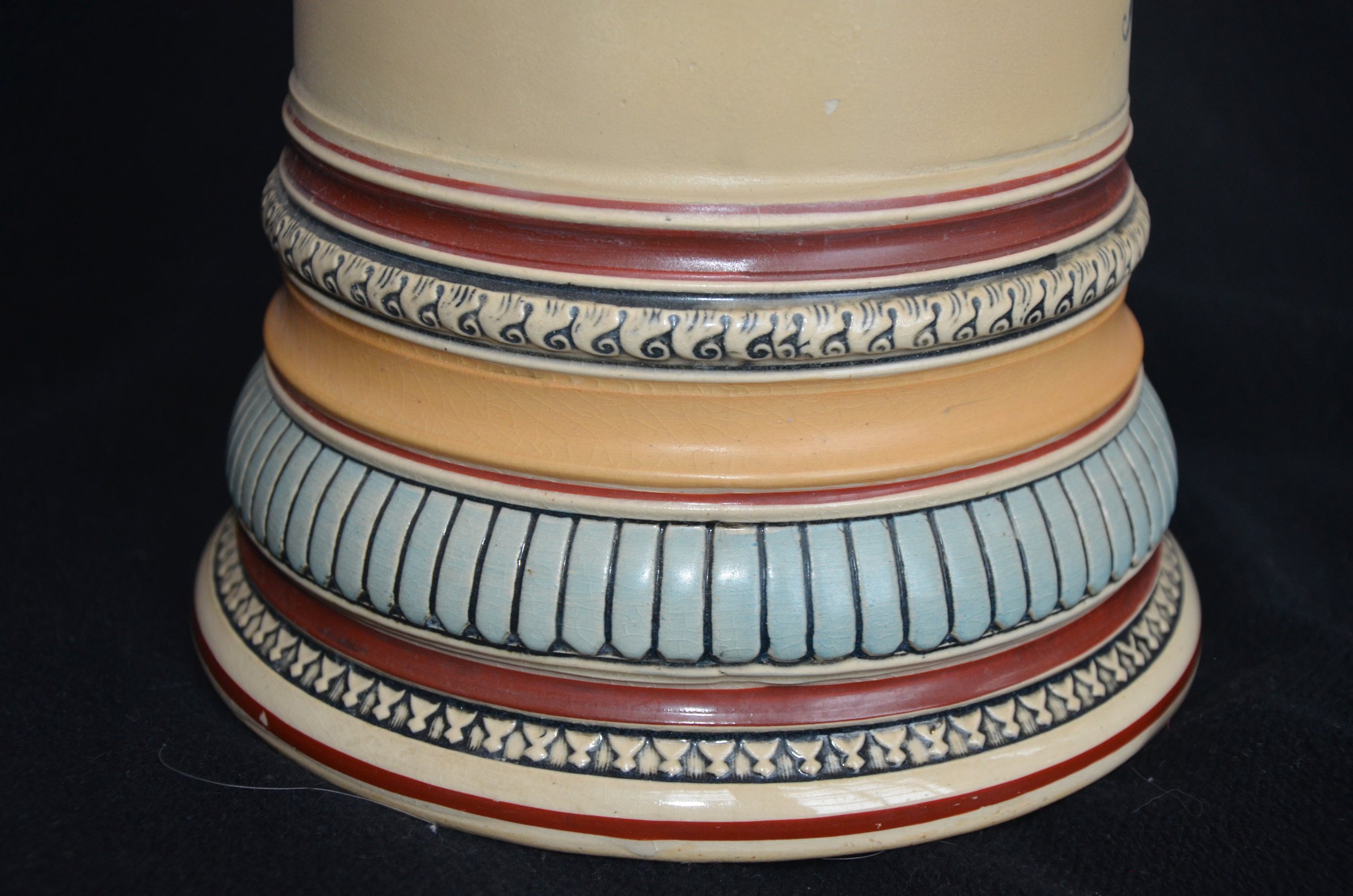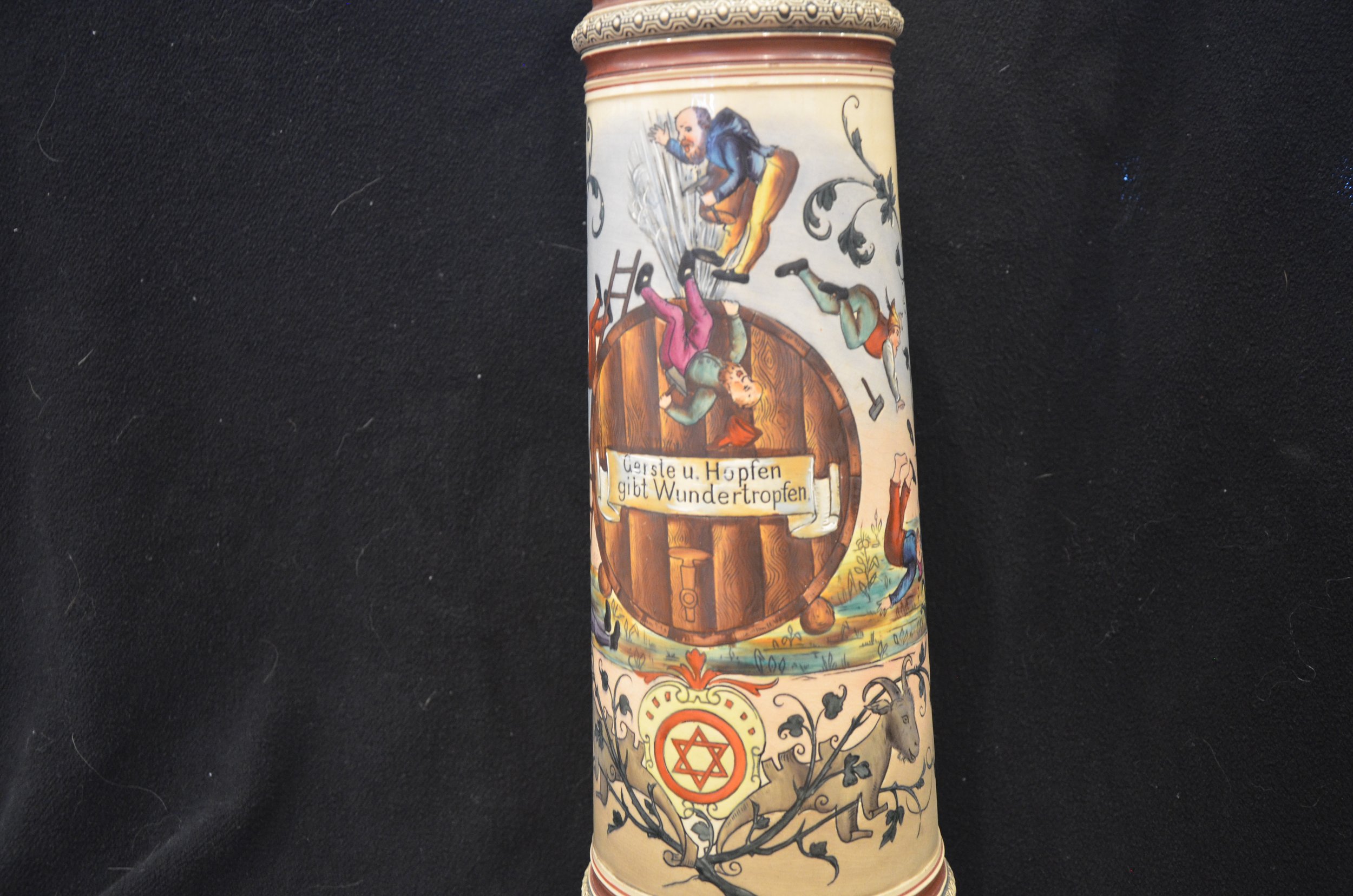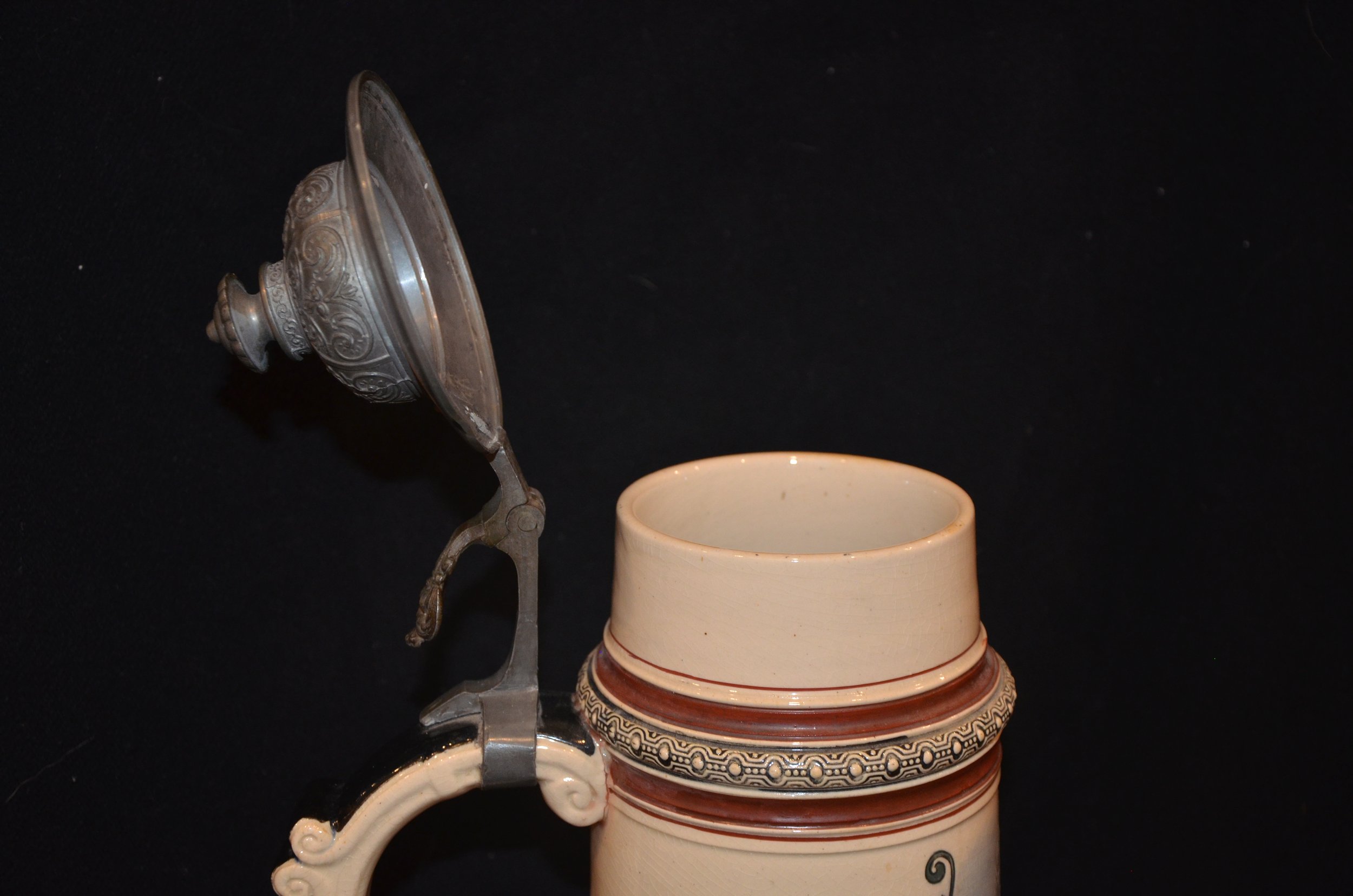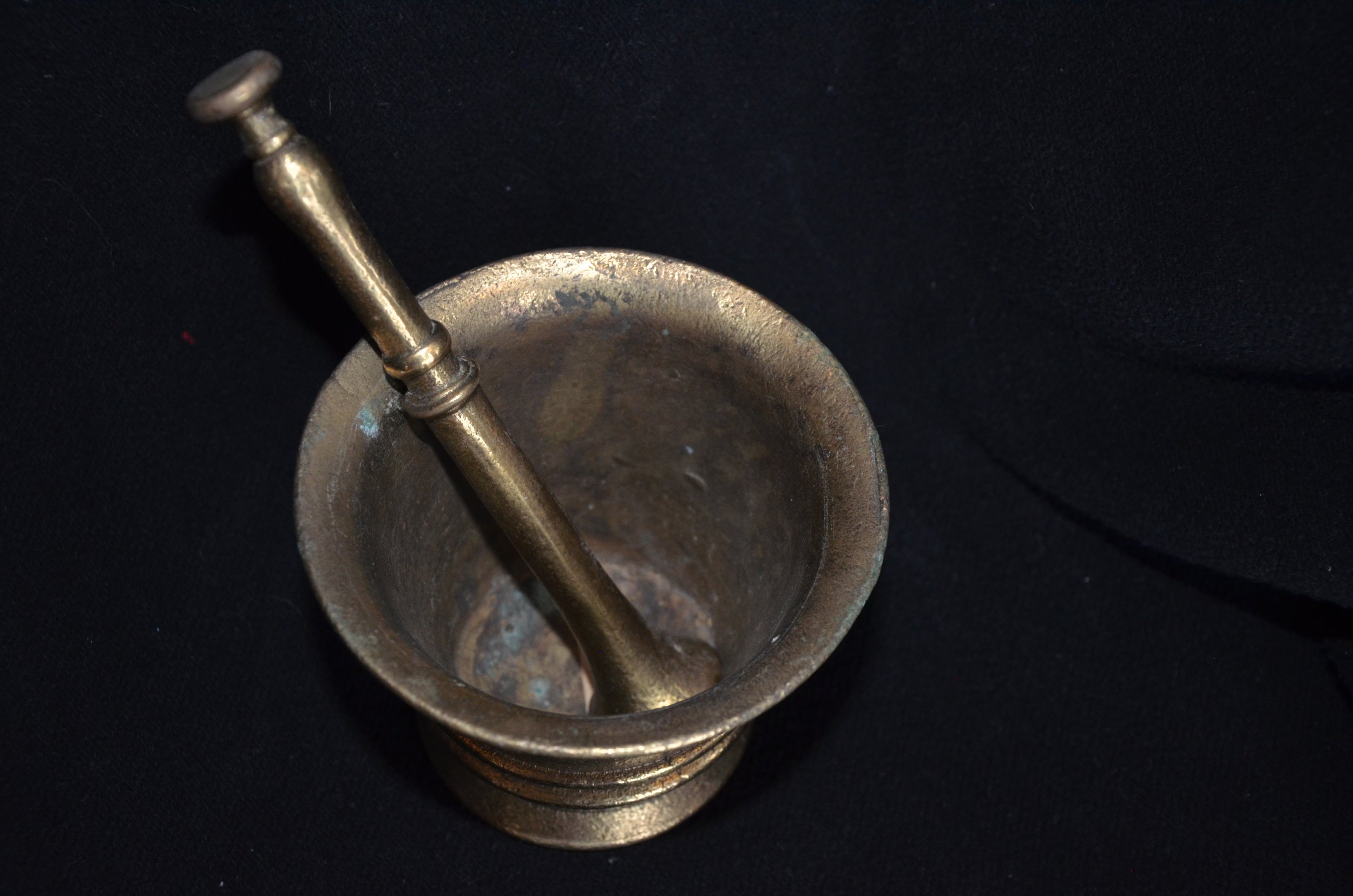Home Interior
In this collection, we take a look into some larger interior design items such as grandfather clocks, chests, wardrobes, and more!
18th Century Swedish Grandfather Clock
“This clock is the most beautiful European tall clock that I have ever seen in my entire life. I’ve seen many grandfather clocks over the years and none compare to this in my opinion. Between the intricate design and the elegant chime, the detail on this clock is like none other! This clock was made in Sweden circa 1750, by an expert craftsman of unusual talent.”
- Greg
This 18th-century Swedish tall clock was a part of the Orpah Winfrey Collection sold at the Kaminski Auction. The fine details on this clock include the bulbous body accented with carved acanthus leaves. A perfect center piece to any home. Clock is well made and fully operational.
This item is currently a part of my private collection. If sincerely interested, please contact me!
1800’s French Grandfather Clock
This clock came from an estate sale in Cleveland, Ohio. It was made in France, circa 1800. Standing approximately 8ft tall, this handcrafted clock will be the perfect edition to add character to any room. Clock is not fully functional.
Price: $2,600
1700’s English Grandfather Clock
Made in England in the late 1700s. Beautiful clock, fully operational, with subtle gold-colored detail.
18th-Century French-Carved Wardrobe
Sold from the Kaminski Auction, this 18th-century French-carved wardrobe has solid burlwood, double doors, a carved floral crest, and wrought iron escutcheons and hinges.
In the 18th century, French carved wardrobes were highly coveted pieces of furniture that were often commissioned by the wealthy aristocracy or purchased by members of the upper middle class. These wardrobes were typically made of high-quality woods such as oak, walnut, or cherry, and featured intricate carvings and decorative embellishments. French carved wardrobes were often designed with a double door front and a carved pediment or crest on top, which added to their grandeur and elegance. The doors were usually adorned with carved decorative motifs, such as scrolling foliage, flowers, and mythological creatures. The ornate carvings on French wardrobes were often executed by highly skilled craftsmen, who used chisels and other carving tools to create intricate designs. The carvings were often inspired by classical motifs, such as the acanthus leaf, and sometimes featured figures or scenes from mythology or literature.
This item is part of my private collection and not currently for sale, but if you are sincerely interested, please contact me.
English Sea Captain’s Lap Desk
This early 19th-century English sea captain’s lap desk is made from rosewood, brass inlay, and a writing surface with tooled leather top. This lap desk has been placed upon legs making it a stand-up desk. The writing box, later known as a “lap desk” was a popular and useful tool. But, the Sea Captain’s lap desks were special due to the secret compartments and drawers inside the box itself.
The lap desk would have been an essential item for a sea captains, allowing them to keep track of important documents, write letters, and complete paperwork while at sea.
Price: $2,000
Conquistador Stirrup
Bronze and brass stirrups were used by Conquistadors, protecting the full foot from vegetation and the occasional weapon.
This original conquistador stirrup was passed down from generations of my family. Along with the stirrup came a story of how it was a part of Spain’s invasion of South America in the 1500s, which led to the wealth of Spain.
Price: $5,000
Antique Wooden Chest
From the Oprah Winfrey collection of the Kaminski auction, this antique wooden chest is intricately carved and worn throughout the years.
Price $2,000
Antique 1800’s Stage Coach Chest
A large trunk that was designed to be used on stagecoaches for long-distance travel. These chests were made of sturdy materials such as wood, metal, and leather to withstand the rigors of travel on rough roads. The stagecoach chest was typically designed with a hinged lid that opened to reveal a spacious compartment for storing luggage, clothing, and other personal items.
One of the most distinctive features of a stagecoach chest is its construction. The chest was often reinforced with metal corners and other hardware to protect it from damage during transport. They were often used on stagecoaches and other forms of transportation, these chests can have an interesting backstory and may have traveled long distances across the country.
Price $200
Clay Jug with Cork
These clay jugs were used for preserving liquids such as wine, olive oil, vinegar, and other types of beverages. The clay material helped maintain a cool temperature and offered a relatively airtight seal when combined with a cork or stopper, preventing spoilage. Another use for these jugs was water storage: In areas where water sources were scarce or unreliable, clay jugs were used to store and transport water. The porous nature of the clay allowed for a slow evaporation rate, helping to keep the water inside relatively cool. Smaller clay jars were utilized to store perfumes, oils, medicine, and ointments. The clay material was suitable for preserving the scent of the perfume and was believed to have certain beneficial properties that. could help maintain the potency of the stored medicine. Finally, clay. jars were also used for ritual and ceremonial purposes: These jugs could hold offerings, sacred liquids, or be used as part of symbolic rituals.
Price $200
Antique American Revolution Era Clock
This mirror is believed to be an American-made antique mirror made during the American Revolution. All original craftsmanship.
Back of mirror reads:
“Nathanial Rowley
Charged 10th December 1781
Loved by Mr. R. E. Long
Howell Michigan”
Price: $3,000
Berthier Rifle
The Berthier rifle is a type of bolt-action rifle that was widely used by the French military in the late 19th and early 20th centuries. It was named after its designer, Émile Berthier, a French arms engineer. The rifle was adopted by the French Army in 1890 and served as their primary infantry rifle until it was gradually replaced by the MAS-36 in the 1930s.
The development of the Berthier rifle began in the late 1880s as a response to the need for a modern, repeating rifle for the French military. Émile Berthier designed a bolt-action system with a tubular magazine under the barrel. The Berthier rifle went through several variations and models over the years. Each version incorporated improvements and modifications based on field experience and changing military requirements.
The Berthier rifle featured a bolt-action system with a straight-pull bolt. It had a one-piece stock, a straight grip, and a distinctive curved bolt handle. The rifles also had a stacking hook on the right side of the stock, which allowed them to be stacked vertically when not in use. The Berthier rifle saw extensive service during World War I, and it continued to be used in various conflicts and colonial expeditions by the French Army. While it was eventually phased out, the Berthier rifle played a significant role in French military history and left a mark as a reliable and effective infantry weapon of its time.
Beer Stein
A beer stein is a type of mug traditionally used for drinking beer. It originated in Germany and has been popular for centuries as a way to enjoy beer while also showcasing the drinker's personality and interests. Beer steins are typically made of ceramic or glass and can range in size from small shot glasses to large tankards that can hold several liters of beer. They are often decorated with intricate designs, such as images of German cities, traditional scenes, or military motifs.
Historically, beer steins were used for practical purposes, such as protecting the drinker from insects and dirt that might fall into their drink. In the 19th century, beer steins became a popular way for German craftsmen to showcase their skills and began to feature more elaborate designs and decorations.Today, they are often used as decorative items, or displayed as part of a collection.
Price: $800
Mortar & Pestle
A mortar and pestle is a traditional tool used for grinding, crushing, and mixing substances. It consists of two components:
Mortar: The mortar is a bowl-shaped container typically made of stone, ceramic, or metal. It has a sturdy base and a smooth, rounded interior surface.
Pestle: The pestle is a solid, rod-shaped tool with a rounded end. It is used to crush and grind substances within the mortar.
Some common uses of a mortar and pestle involve the grinding and pulverizing of solid materials into finer particles. It is commonly used to crush herbs, spices, and seeds. By applying pressure and circular motion with the pestle, the solid substances are broken down into smaller particles or powders. It is often employed in cooking and herbal medicine preparation to combine various ingredients and create homogeneous mixtures. It can also be used for creating pastes and sauces. For example, garlic and salt can be mashed together to create a garlic paste, or herbs and spices can be ground with oil or water to make flavorful sauces.
This tool was also used in the field of chemistry and pharmacy. This method is particularly useful for extracting oils, essential oils, or active constituents from plants or other natural materials. Along with grinding medications: In traditional medicine practices, a mortar and pestle are used to grind medications into fine powders. This allows for easier administration and better absorption of the medication by the body.
Price: $200



































